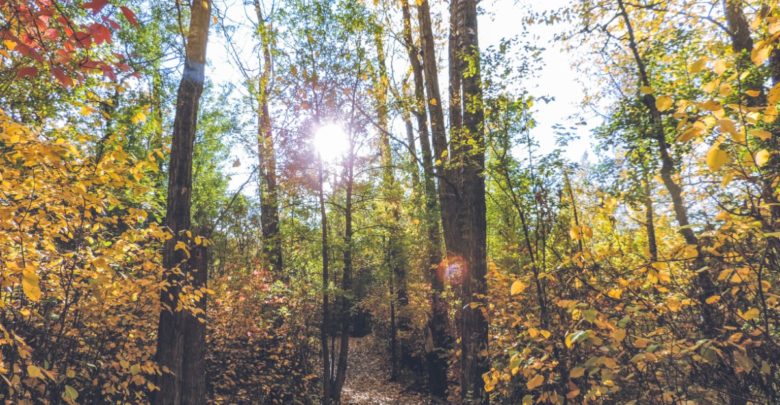 Nhi Dam
Nhi DamWhile we often look up to admire the beauty of trees, a new study suggests much more is happening below the surface than previously thought.
The study, published in the Journal of Ecology, showed that trees well connected to underground fungal networks had more growth than trees that only had a few. While prior studies had yielded similar results by focusing on seedlings, the study was the first to examine whether mature trees also benefit from this network.
Joseph Birch, the researcher who led the study for his PhD thesis in the faculty of agricultural, life & environmental sciences, combined a study of Douglas Fir tree rings — which capture how the trees grow from year to year — with a previous measure of the tree’s fungal networks to get his result.
“For most people, trees might seem like objects that exist in isolation,” Birch said. “This research further supports that there’s actually a very complex web of interactions going on below ground.”
The study focused on two closely related fungal species, Rhizopogon vesiculosus and Rhizopogon vinicolor, that exist at different depths in the forest, assessing whether one network was more effective in driving growth.
Birch was surprised to find that the shallower network, Rhizopogon vinicolor, was driving the deeper growth. However, he found that the deeper fungal species, Rhizopogon vesiculosus, was beneficial to the trees in a different way.
“Trees that were colonized by more unique individuals of the deeper fungus had better growth than trees that were only connected to a few,” he said.
This result demonstrated that a certain diversity across species is of great benefit to the trees.
“It’s interesting, because in academia we think a lot about differences between species,” he said. “We don’t think as much about individuals within a species being that different. This would suggest that trees get an advantage by spreading out their roots among multiple individuals so they get some benefits from one individual that another can’t provide.”
According to Birch, the study suggests that these adult trees are very likely sharing “growth enhancing resources” with each other below ground through the fungal network.
While this finding opens a window onto how Douglas Firs share resources, there is still more to learn about how other tree species interact with fungal networks, for example trees in the Boreal forest, or the Aspen Parkland of Southern Alberta.
Fungal networks might help trees survive in the face of climate change, Birch said
The findings of this study could potentially influence decisions about harvesting forestry, Birch noted.
“Maybe we want to leave more trees in an area so they can grow faster and maintain that network below ground,” he said.
Additionally, Birch pointed out that these fungal networks help trees survive varied weather, a characteristic of climate change. For example, highly connected trees had reduced variability in growth, had more steady growth year to year, and potentially weren’t as sensitive to things like drought.
“Under climate change, Douglas Fir and most of the trees in Western North America are expected to have dryer conditions potentially causing trees to die,” he said. “These networks can help stabilize growth. It might be something that helps them survive in the face of climate change.”




